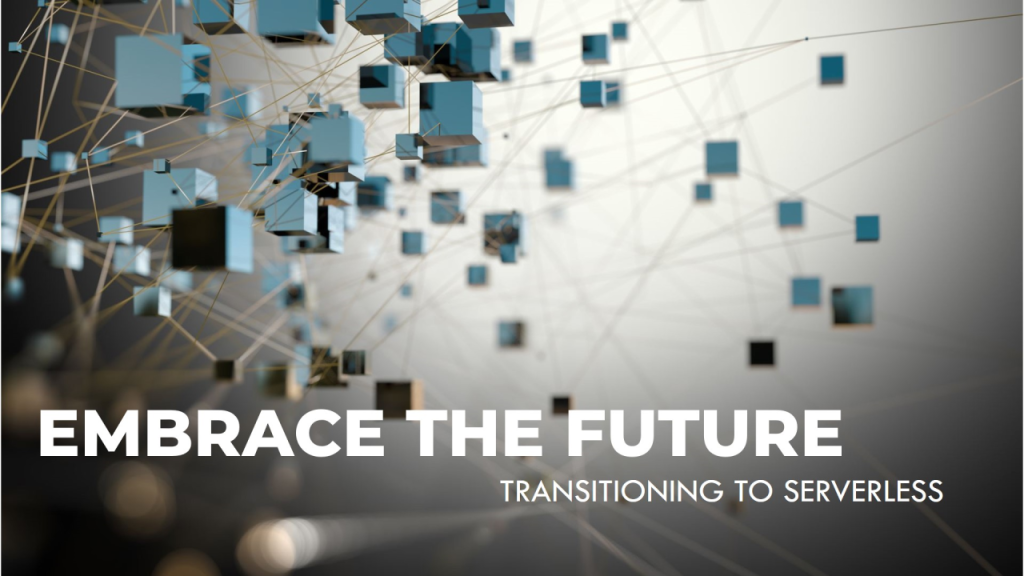“Several emerging technologies will significantly impact cybersecurity in the coming years. Edge computing and Edge AI, for example, are enabling more processing and decision-making to occur closer to where data is generated. This can improve performance and reduce latency, but it also creates new security challenges. Wearable devices are also becoming increasingly common, and many of these devices collect sensitive data. This data can be valuable to attackers, so it is important to ensure that wearable devices are properly secured. AI is also playing an increasingly important role in cybersecurity. AI can be used to automate many security tasks, such as threat detection and incident response.
IoT is prevalent and in aviation it is being used to improve efficiency and safety of operations. For example, we send details on the gradient of the flight that the pilot should take to avoid overconsumption of fuel. Continuous monitoring is important to ensure security.
Cloud adoption is also increasing rapidly. Cloud providers offer a variety of security features including encryption, but it is important for customers to understand these features and to configure them properly. It is also important for customers to understand their own security responsibilities when using cloud services.”
— Ramana Chamarti, Chief Architect, Frontier Airlines





